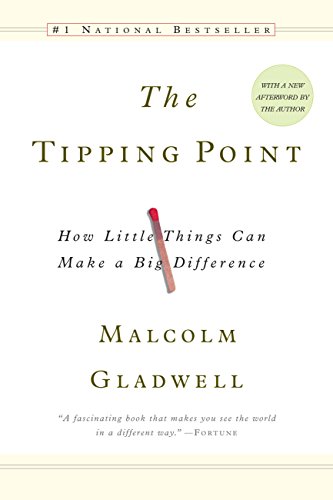

This article is an excerpt from the Shortform summary of "The Tipping Point" by Malcolm Gladwell. Shortform has the world's best summaries of books you should be reading.
Like this article? Sign up for a free trial here .
What was Milgram’s “small-world experiment”? How did it research the way people are connected with one another? What does it say about our world?
The small-world experiment was a study in the 1960s by psychologist Stanely Milgram. During the experiment, he sent chain letters and counted how many letters were sent before they reached their final destination.
We’ll cover Milgram’s small-world experiment and look at how it spawned the six degrees of separation theory.
Milgram’s Small-World Experiment
In the 1960s, psychologist Stanley Milgram conducted the “small-world experiment” to research how closely people are connected. He sent letters to 160 people in Nebraska, giving them the name and address of a stockbroker in Boston and instructing them to write their name on the letter and then send it to a friend or acquaintance who might get the letter one step closer to that stockbroker. Each person who received the chain letter would do the same, until a friend or acquaintance of the stockbroker finally received it and would send it directly to him.
At the end of Milgram’s small-world experiment, Milgram found that most of the letters reached the stockbroker in five or six steps, creating the concept that people all over the world are all connected by six degrees of separation.
Even further, Milgram discovered that half of the letters were ultimately delivered to the stockbroker by three people. Although everyone is linked by just six degrees of separation, a small group of people are connected to a disproportionately large number of people. Those few, well-connected people are the Connectors.
(Shortform note: The notion that a handful of powerful people can spread a message further and more effectively than the rest of the population is called the Influentials theory, and has been a staple in marketing for 50 years. However, several more recent experiments by network-theory scientist Duncan Watts determine that these rare trendsetters — or hubs, in his experiment — are no more influential in spreading an idea than the rest of the population. Watts recreated Milgram’s small-world experiment with email and found that only 5 percent of messages passed through Connectors. Additionally, Watts has found that the public’s mood and susceptibility to influence at a given time is a far greater determinant of whether an epidemic tips than the strength of the influencer spreading the idea.)
Milgram’s Small-World Experiment and Kevin Bacon
A party game called “Six Degrees of Kevin Bacon” attempts to link Hollywood actors through their movie roles the way Milgram’s small-world experiment linked people through letters. You start with a random actor, then name another actor from one of her movies, then name an actor who has been in a movie with that second actor, and continue until you get to someone who’s shared the screen with Bacon — trying to make the connection in six steps or less. For instance, you can get from Mary Pickford to Bacon in three steps because she was in Screen Snapshots with Clark Gable, who played in Combat America with Tony Romano, who was in Starting Over with Bacon.
The game works because Bacon had roles in so many movies. However, when a computer scientist calculated the connectedness of about a quarter million actors who have appeared on TV and in movies, he found that the most well-connected actor was actually Rod Steiger. You could connect any actor with Steiger in less than three steps because not only because he had roles in a lot of movies, but also because the movies were so wide ranging — from dramas to Westerns, and Oscar winners to flops. Within Hollywood, Steiger occupied many worlds, and in those many diverse circles he accumulated a huge number of connections.
Milgram’s small-world experiment shows that we’re all connected. A few of us are more connected than the rest.
———End of Preview———

Like what you just read? Read the rest of the world's best summary of "The Tipping Point" at Shortform . Learn the book's critical concepts in 20 minutes or less .
Here's what you'll find in our full Tipping Point summary :
- What makes some movements tip into social epidemics
- The 3 key types of people you need on your side
- How to cause tipping points in business and life






